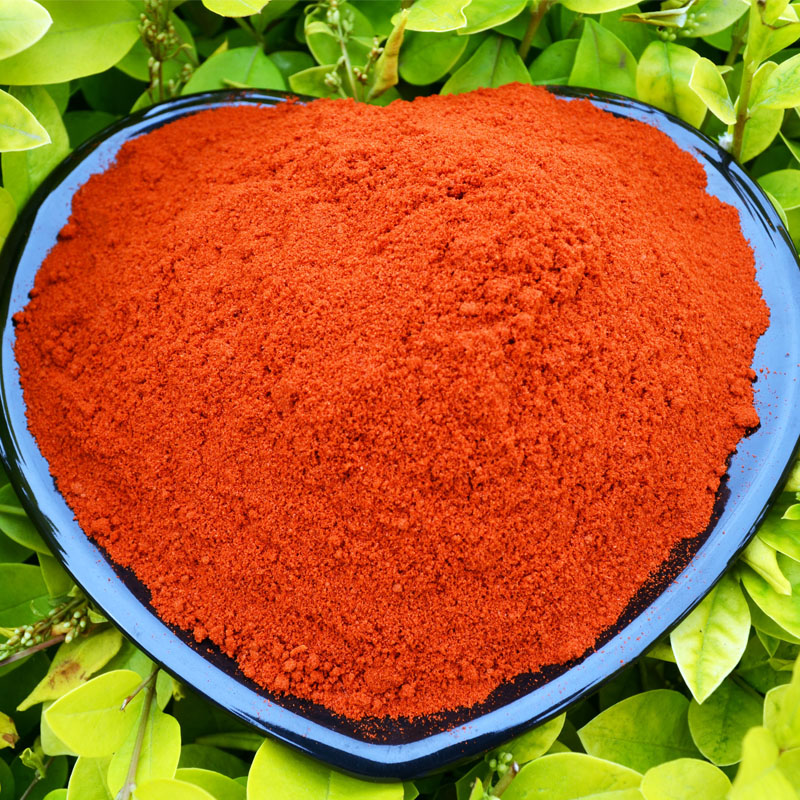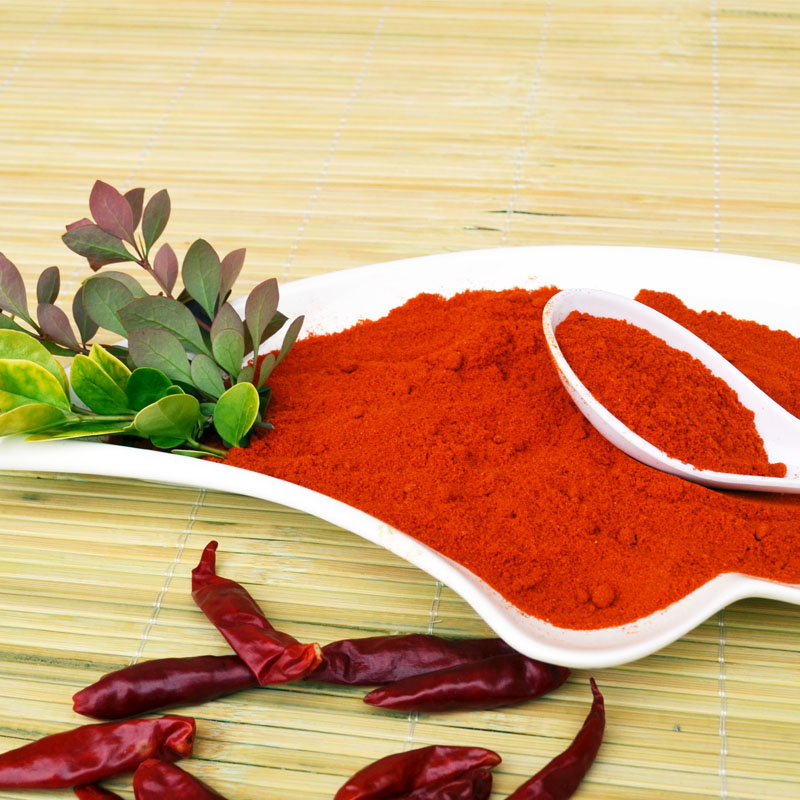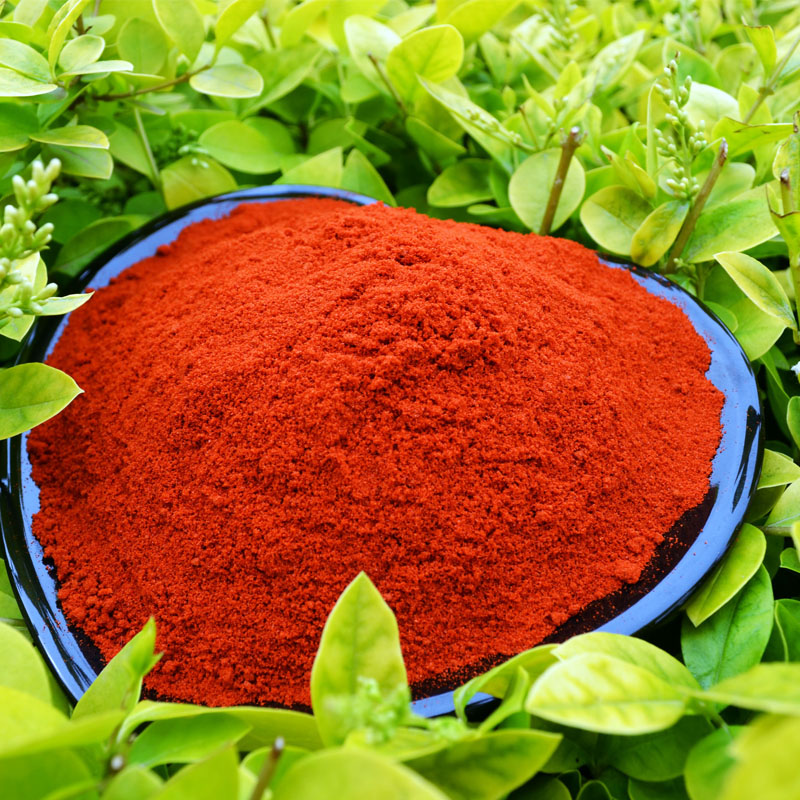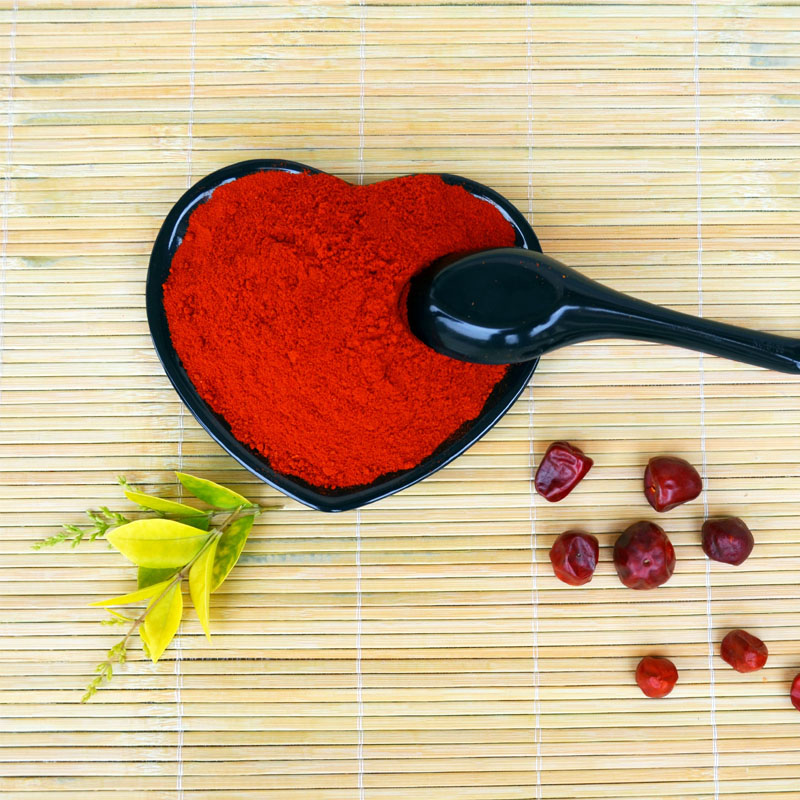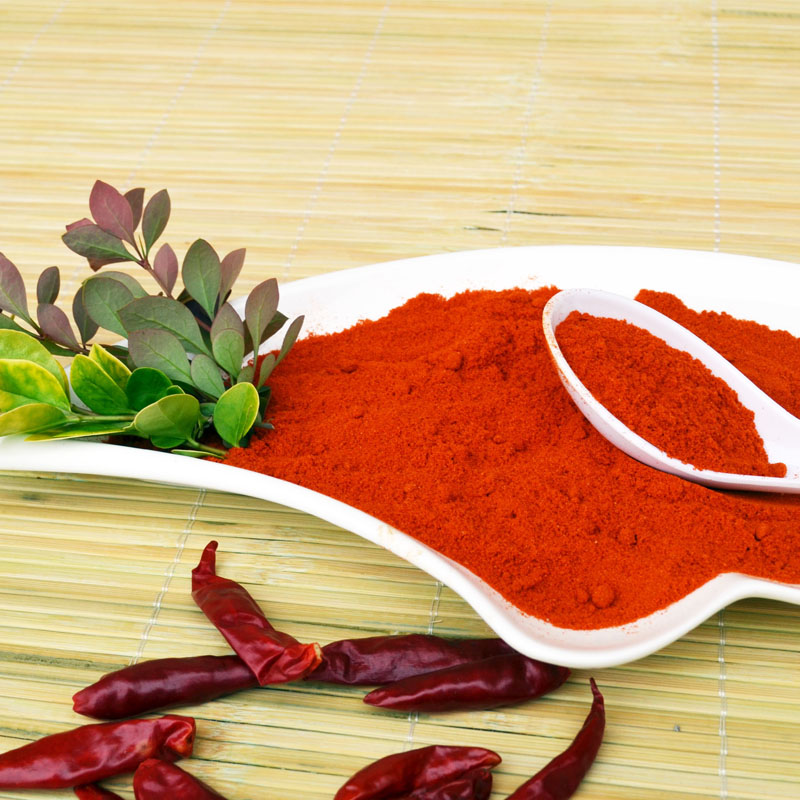
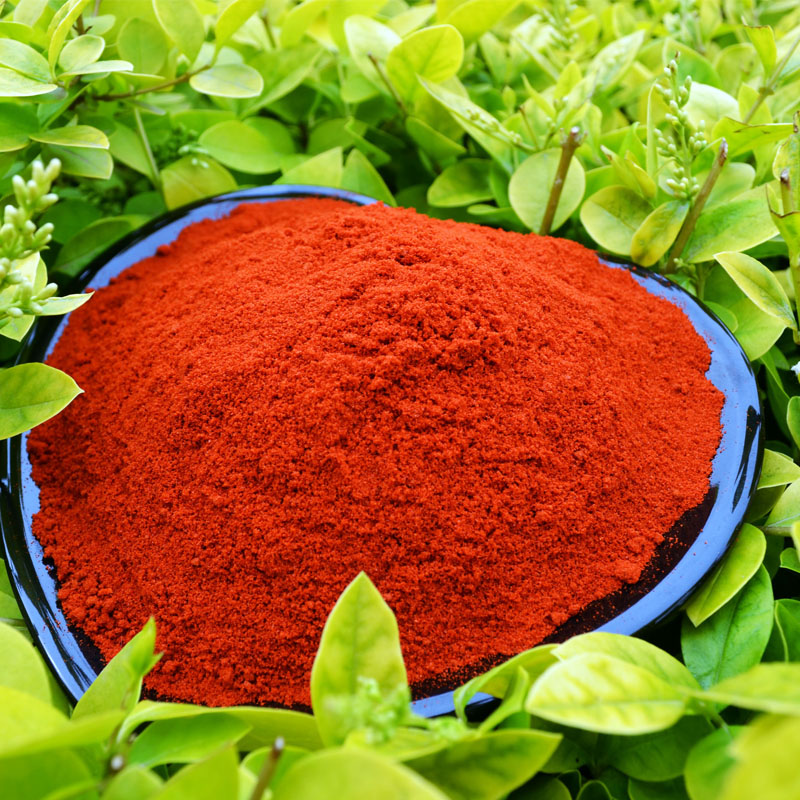
Els nostres productes de xili naturals i sense pesticides amb additiu ZERO es venen ara als països i districtes als quals els agrada utilitzar-lo per cuinar. Els certificats BRC, ISO, HACCP, HALAL i KOSHER estan disponibles.
En general, els nostres productes en forma de pols s'envasen en bosses de paper de 25 kg amb una bossa interior segellada de PE. I el paquet al detall també és acceptable.
Red chili peppers, which are a part of the Solanaceae (nightshade) family, were first found in Central and South America and have been harvested for use since about 7,500 BC. Spanish explorers were introduced to the pepper while on a search for black pepper. Once brought back to Europe, the red peppers were traded in Asian countries and were enjoyed primarily by Indian cooks.
The village of Bukovo, North Macedonia, is often credited with the creation of crushed red pepper.[5] The name of the village—or a derivative of it—is now used as a name for crushed red pepper in general in many Southeast European languages: "буковска пипер/буковец" (bukovska piper/bukovec, Macedonian), "bukovka" (Serbo-Croatian and Slovene) and "μπούκοβο" (boukovo, búkovo, Greek).
